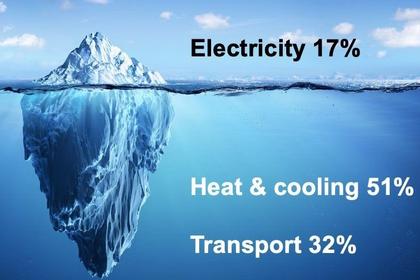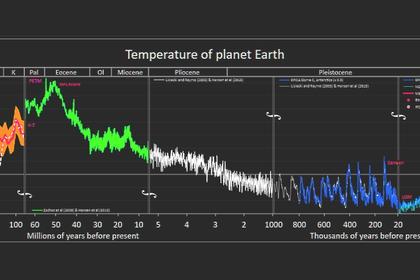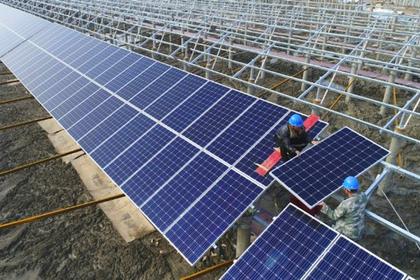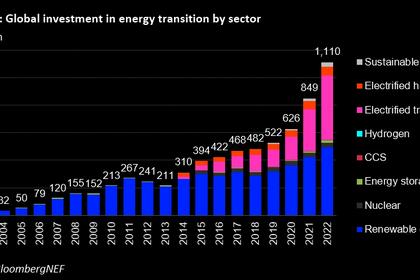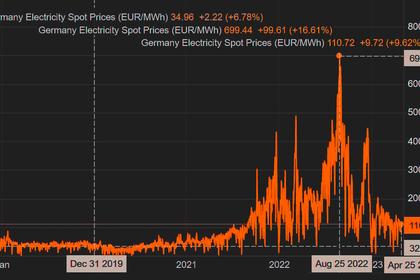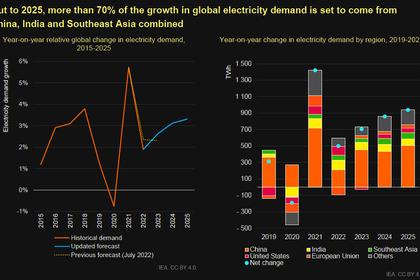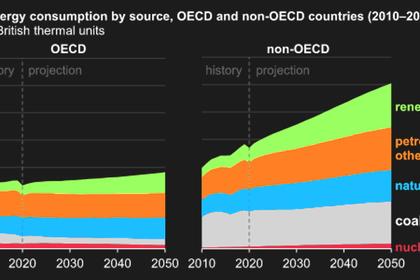
GLOBAL CABLE ENERGY
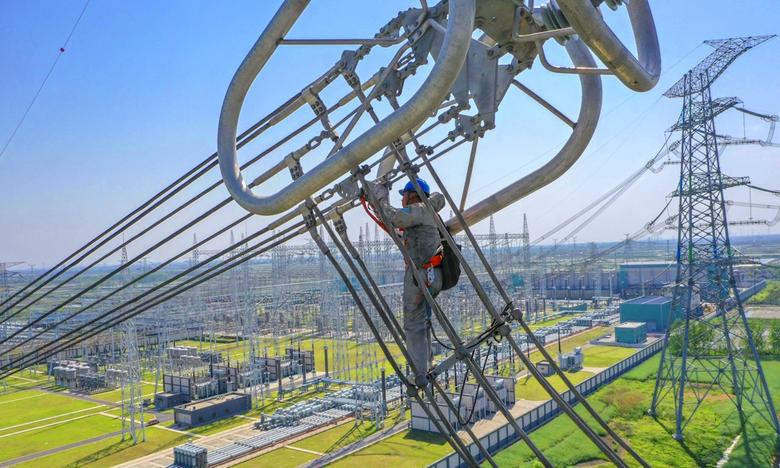
By LLEWELLYN KING Executive Producer and Host, White House Media, LLC
ENERGYCENTRAL - Jun 17, 2023 - At a time when it may be slowing in other sectors, globalization is booming in electricity.
Electrons are becoming a global commodity, driven by the need to get renewable energy from the resource locale to the consuming hubs; from the windy to the windless and, especially, from the sun-drenched to the sun-deprived.
At the heart of the new energy paradigm is undersea cable technology, which is benefitting from improved laying techniques and a general acceptance of the idea that high-voltage direct current connectors can function safely over very large distances for many decades.
Three huge projects will be taking electricity from the U.S. mainland to Puerto Rico and the Caribbean, and even to South America; from Morocco to Great Britain; and from Australia to Singapore, and later to Indonesia.
These projects will involve big investments, big engineering, and big new thinking about where electricity is made from wind and solar to where it is needed.
Not only are coal and, to a lesser extent, natural gas polluting, but shipping them by freighter and tanker around the globe is an additional negative environmental impact.
Renewable electric projects have been assisted by the relative ease of dropping a cable into the sea, and lessons have been learned from connecting offshore wind to shore.
There may be environmental concerns, but they are nothing like the barrage of “noes” which greet new transmission lines on land. For example, it is widely known that optimizing the abundant wind and solar resources in the American West will require new transmissions lines running east. But those lines, running across jurisdictions that will get no immediate benefit from the transmission, will trigger public outcry of “not in my backyard” (NIMBY).
It is worse, by all reports, in the United Kingdom where every inch of new construction is resisted, according to The Economist. The British went one acronym further than the American NIMBY. They created DADA: decide, announce, defend, abandon.
Quietly, the UK has developed an offshore strategy to implement their renewable ambitions. It is placing a great deal of emphasis on the North Sea, creating giant wind farms. But it already uses the longest installed and operating undersea cable, which stretches 450 miles between Northeast England and Southern Norway. It largely carries hydropower from Norway to electricity-starved Britain.
Long though that may be, it is nothing compared to what is coming.
The great protagonist of submarine cable power transmission in the United States is Adam Rousselle, an entrepreneur and fiery humanitarian who has a slate of accomplishments that include using satellites to count trees in forestry and to help utilities with facility ratings and vegetation management.
Rousselle’s plan is to lay a double 2.1-GW interconnector, starting in Philadelphia and snaking down the East Coast, picking up additional power in South Carolina, delivering to Puerto Rico and then east to the Virgin Islands.
The rationale is that no matter what is installed in Puerto Rico in the way of wind and solar, it is going to be vulnerable to hurricanes and clean energy from the mainland would be dependable. Electricity by undersea cable speaks to resilience and lower cost from day of delivery in Puerto Rico, Rousselle told me.
The project, which he named Project Equity, and is well along in planning, would depend on 80-percent loan financing from the Department of Energy. Participants include two utility companies, Siemens, Goldman Sachs, and the cable-making company NKT. In short, the blue whales in financing and engineering. The project’s cost, according to latest estimates, is around $13.4 billion.
Already, Colombia has shown interest in importing electricity from the United States and Rousselle and his company, Alternative Transmission Inc., have long-term plans for supplying this electricity elsewhere throughout the Caribbean -- electricity that is generated from renewables on the U.S. mainland. Rousselle hopes to have his cable connector up and running by the end of this decade.
Meanwhile, construction on the mighty cable link bringing electricity from the world’s largest solar farm in Australia’s Northwest Territories to Singapore and later to Indonesia is scheduled to start this year. The 2,800-miles-long cable will be linked with the world’s largest battery to compensate for intermittencies.
The other mighty sea link planned is from the sun and windswept deserts of Morocco to Britain. It will snake 2,400 miles and move enough electricity, 3.6 GW, to power 7 million homes, the developer says.
With undersea transmission, a windy reef to a sunbaked desert can become a major source of clean electricity. The game is on.
-----
This thought leadership article was originally shared with Energy Central's Grid Professionals Community Group. The communities are a place where professionals in the power industry can share, learn and connect in a collaborative environment. Join the Grid Professionals Community today and learn from others who work in the industry.
-----
Earlier:
